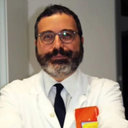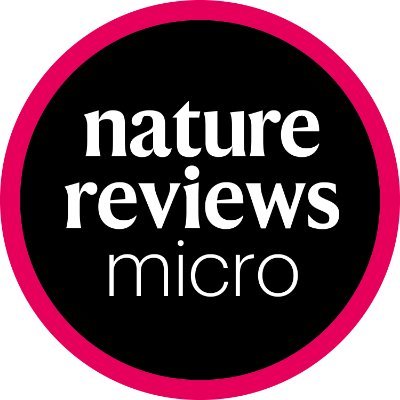RF-3 Eradication
Our Eradication research focus is developing strategies to achieve a cure for pediatric HIV-1 infection.
We are trying to do so through eliminating or reducing viral reservoirs which are areas in the body where a virus accumulates and persists to achieve a cure for pediatric HIV-1 infection.
At the time reservoirs are established, we hypothesize that the infant immune system’s unique features impact three things (1) the characteristics of long-term HIV persistence, (2) the body’s susceptibility to immune-mediated clearance, and (3) the potential reactivation of the latent reservoir. Studying these features will help us develop targeted approaches to stimulate the immune system to successfully eliminate HIV reservoirs.
Specific Aims
Aim 1: Reversing Latency of HIV Reservoirs
We will evaluate the safety and efficacy of using a SMAC mimetic to reverse HIV latency. We will then use gene therapy to reduce persistent reservoirs in SIV-infected infant macaques treated with suppressive ART.
Aim 3: Reservoir Reactivation Susceptibility
We will quantify the proviral reservoir’s susceptibility to reactivation by establishing of a predictive platform that selects promising immune-targeted strategies in order to reverse HIV-1 latency in perinatal infections.
Aim 2: Limit Reservoir Establishment
We will evaluate the safety and efficacy of stimulating the immune system with N-803 and SIV-specific monoclonal antibodies (mAbs) to limit reservoir establishment at the time of ART initiation in SIV-infected infant macaques.
Aim 4: T-cell Reactivation Potential
We will define CD4+T cell subsets’ reactivation potential from pediatric cohorts of varying age and viral suppression duration in order to identify optimal combinations of HIV-1 latency reversal agents (LRAs).
Innovation and Current Research Milestones
Elimination of viral reservoirs in long-lived memory cells is critical to our cure efforts. Approaches like “shock and kill,” “lock and block,” and CRISPR-Cas gene editing are all viral reservoir eradication methods that continue to be studied. The studies planned within PAVE’s Eradication focus will test some of these existing strategies. We will also develop innovative approaches to viral eradication. Through using a multi-omic approach, we will work to better understand the mechanisms that regulate latent viral reservoirs and how such reservoirs can be reactivated. This understanding will be used to assess the effectiveness of latency reversal agents in early-treated children.
The Eradication group will focus on two key methods of reducing viral reservoirs.
The first strategy, “shock and kill,” is already a leading HIV-1 cure strategy. The approach uses a latency reversal agent to shock the immune system into producing viral antigens. From there, the immune system, immunotherapies, or cytopathic effects are used to kill the infected cells because they are now recognized by the body. The anticipated result of this strategy is the reduction of viral reservoir cells.
The second strategy, “surge and purge,” is a novel approach to viral reservoir reduction. This strategy aims to restrict the initial reservoir size at the same time as ART initiation. By administering a latency reversal agent at a time with high viral turnover, or during a viral surge, we hope to achieve a greater reservoir reduction that normally follows ART initiation. By passively administrating fast-acting, virus-specific antibodies that act in collaboration with the immune system this strategy will purge additional infected cells from viral reservoirs.
Currently, the Chahroudi Laboratory at Emory University is working on experiments related to Aim 2, the novel “Surge & Purge” strategy. This novel approach stems from prior research on gene therapy, specifically the use of AAV-eCD4-Ig, to eradicate viral reservoirs. This approach seeks to destabilize reservoir establishment and thus lead to a reduction in or eradication of reservoir size. Initial studies are expected to start in Spring 2022 in accordance with rhesus macaque breeding season.
The Palma Laboratory at Ospedale Pediatrico Bambino Gesu (OPBG) is working to define virological and immunological features to predict viral rebound after ART interruption. To this end, Dr. Palma’s lab is working in coordination with Dr. Persuad (RF1), the IMPAACT study, and the ITACO Cohort to complete regulatory protocols.
Program Directors

Emory University School of Medicine
Children's Healthcare of Atlanta
Associate Division Chief for Basic/Translational Research, Division of Infectious Diseases
Director, Center for Childhood Infections and Vaccines

Ospedale Pediatrico Bambino Gesù









